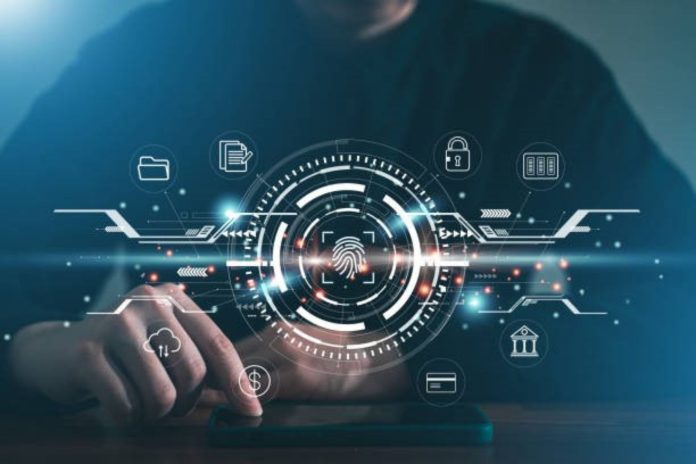Traditional verification processes often need more security measures and can be time-consuming for both businesses and customers. In today’s digital marketplace, robust customer authentication methods are essential for ensuring the security of customers. However, a game-changing solution has emerged with the advent of video verification.
Online video verification provides businesses with a safe and convenient method for customer onboarding. This article will discuss the benefits and process of video verification, highlighting how it enhances security, streamlines customer authentication, and provides a seamless user experience.
Benefits for Businesses
-
Enhance Security
Video verification significantly enhances security by incorporating advanced technologies through video interaction. Unlike traditional methods, video verification allows businesses to authenticate customers in real time. Trained verification agents can verify the authenticity of identification documents, such as passports or driver’s licenses, by comparing them with the customer’s appearance during the live video session. This helps prevent fraud and identity theft attempts.
Additionally, spoofing efforts can be identified and prevented using face recognition algorithms, ensuring that the individual who is being verified is actually present and not just being represented by pre-recorded videos or images. A strong security basis for customer authentication is provided by a combination of human expertise and cutting-edge technology.
-
Customer Authentication
Video verification services streamline customer authentication by eliminating the need for physical presence and paperwork. Customers can complete the verification process remotely, anytime and anywhere, using a smartphone or computer with a camera. This eliminates the inconvenience of visiting physical branches or submitting documents through traditional channels.
The process is efficient, and time-saving, allowing businesses to onboard customers quickly. Moreover, video verification platforms can integrate with existing systems, enabling seamless transfer of customer data and reducing manual data entry. This automation not only simplifies the authentication procedure but also boosts the business’ operational efficiency.
-
User Experience and Convenience
Customers can have an effortless and simple procedure for video verification. They can possibly validate their identity without leaving the comfort of their homes or workplaces, saving time and money on travels. The process is intuitive and easy to follow, as customers are guided by trained verification agents throughout the video session.
Furthermore, video verification platforms often provide multilingual support, catering to a diverse customer base. This process offers a hassle-free experience and enhances customer satisfaction in the authentication process, leading to increased customer retention.
-
Compliance with Regulatory Requirements
The most important aspect of consumer authentication is regulatory compliance, especially in sectors like finance and telecommunications. Video verification helps businesses meet these requirements by capturing and storing detailed video recordings of the verification process. These recordings serve as an audit trail, allowing businesses to demonstrate their adherence to regulatory guidelines.
Additionally, to protect consumer information and to ensure compliance with data protection rules, video verification platforms frequently incorporate features like safe data storage, encryption, and access controls. Businesses may successfully navigate the complex world of regulatory compliance and avoid penalties using video verification.
KYC- Video Verification Process
The video verification process KYC involves customers providing their basic details and consent to proceed with video identification. Their identifying documents, such as passports or driver’s licenses, are uploaded as scanned copies or clear pictures. A scheduled video session is conducted through a secure video conferencing platform, where a trained verification agent guides the customer through the process.
The agent verifies the customer’s identity by comparing their appearance with the submitted documents, using advanced facial recognition technology and liveness detection measures. Compliance checks are performed, and the video session is recorded for audit purposes. Upon successful completion, customers are either approved or rejected, allowing businesses to securely and conveniently verify customer identities remotely.
Future Applications and Advancements
As technology continues to grow, the potential applications of video verification are vast. Technology developments can further improve the effectiveness and efficiency of video KYC processes in artificial intelligence and machine learning. Integrating biometric authentication, such as voice recognition or fingerprint scanning, can add an additional level of protection.
Furthermore, video verification can be extended beyond customer authentication, finding applications in remote employee onboarding, secure access control, and fraud prevention. The future of video verification holds immense potential to reshape how businesses and individuals verify identities.
Conclusion
Video verification offers a transformative solution for secure and convenient customer authentication. By leveraging advanced technologies and human interaction, businesses can enhance security, streamline authentication processes, and provide a seamless user experience. As technology advances, It will continue to play a crucial role in ensuring trust and security in the digital world.





